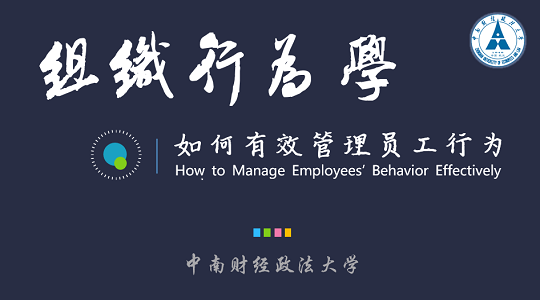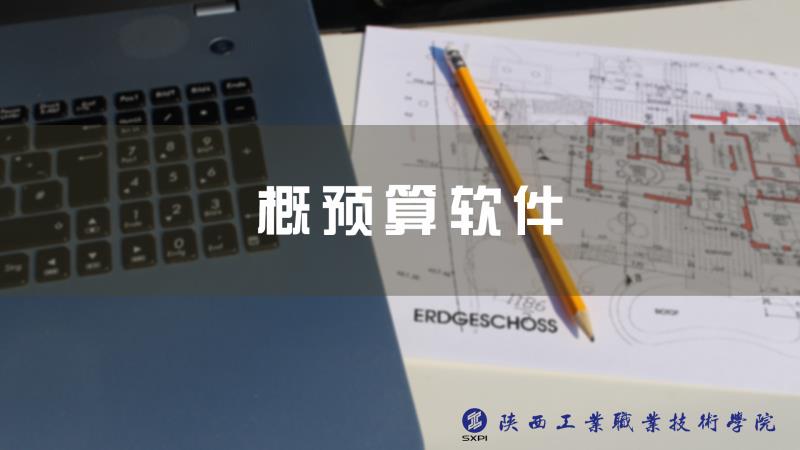
当前课程知识点:国际医学会议交际英语 > Chapter 12 Understanding Conference Etiquette > Exercise > Chapter 7 Part 3-1
Hello everyone
I'm Liu Juan
from Capital Medical University
welcome to our English for presentations
at international medical conferences
Now we continue to talk about
results and discussion
Objectives
Upon completion of this section
you are expected to know the function
of the results and discussion part
of a presentation
get familiarized with the suggested ways
to present results and the discussion
grasp useful phrases are how to
present the results and the discussion
We'll deal results and discussion one by one
first results
Function of results
After talking about how
the study is designed and conducted
we now come to the Results section
Its function is to state the results
of the experiments
described in Materials and the Methods
to cite the figures or tables
that present supporting data
The audience will hear what has been
found in the study
and how the findings can be interpreted
such as establishing
or confirming a fact
explaining a phenomenon
or proving a hypothesis
or solving an existing or a new problem
Three
suggested ways to present results
There are many tips and strategies
presenters can use
to present the results and discussion
but the followings are most powerful ones
that good presenters have used over the years
Hopefully
they will help you to nail the results
and discussion section
in your next presentation
One
Neatly organize the results
and use subheadings for long results
It will be easy for the audience to follow
if you organize the data
and present the results neatly
logically and orderly
Poor organization of the data
will disorient and confuse the audience
leaving an impression of an illogical
and disordered presentation
For example
you can present the results sequentially
based on the stages of the study
proceed describing the characteristic
of study sample first
presenting the observation and
establishing association
between interventions and outcomes
Using subheadings
is an effective way to organize your information
Subheadings can save you transition sentences
and orient the audience in your presentation
Two
Focus only on the key results
and keep the explanation short
Your findings and results should generally
be the highlight of your presentation
The audience just need brief answers to
the following questions
What did you find
Was it what you expected
What does it mean
and why would we be interested
In a 10-minute presentation
this part should be just a couple of slides
It is not advisable to introduce
interesting side issues
as they might confuse the audience
Try to avoid the temptation to give the audience
the full
detailed
lengthy explanation
Three
Communicate the value of what you have done
put your results in the big picture
Tell the audience
how your findings contribute to
knowledge in your specific field
Show and tell them the benefits
You can use the following examples
Four
Properly present statistical information
it is crucial you present a statistical information
properly and accurately
Familiarize yourself with statistical concepts
used for your study such as tests
parameters
and variables
Five
Use tables and figures appropriately
tables and the figures are useful tools
for present in complicated the data
or data in a large amount
Please keep in mind the following points
Avoid using tables and the figures
if data can easily be summarized in text
Complement the tables and the figures
with the text
but do not duplicate the same data
Number the tables and figures systematically
Provide a concise title for each table and figure
Make legends and captions easy to understand
Format the tables and figures pleasant to eyes
Be careful and be objective
only present and illustrate your findings
Interpretation and explanation can wait
until the Discussion section
Use the past tense to present what you found
and observed in the study
Do not describe the line
but talk about the implications
Do not mention what the X
and Y axes represent
because they are obvious in the case
Highlight for the audience what they need to know
Repeat key points at least twice
give important information at the beginning
and the end
signal that you are coming to an end
Addressed the audience directly by using you
It is advisable to note that
the easier a figure is to understand
the less time you will have to
spend on explaining it
Six
Avoid phrases that might make you sound
overconfident
arrogant or critical of others
When you talk about your results
it is generally a good idea
to leave your discussion open
to other interpretations
You can protect yourself from arrogance
in the following ways
would appear to
before verbs such as prove
demonstrate
give concrete evidence
support
Consider replacing verbs such as
prove and demonstrate with less strong verbs
such as suggest
imply
and indicate
You can hedge
strong affirmations using modal verbs
such as would
might
may
could
for example
this could possibly be
the reason for
this may mean that
Replace adverbs that appear to leave
no room for doubt
such has definitely
certainly surely undoubtedly
indisputably
with more tentative forms such as probably
possibly
likely
or it is probable/possible/likely that
Avoid preceding categorical statements such as
no data exist in the literature on this topic
or this is the first time that
such a result has been achieved
You can replace such expression with
to the best of our knowledge
or as far as I know
or I believe
or I think
Be careful not to sound like you want to
impose your ideas
should and must
are often found in sentences describing obligations
-Exercise
-Exercise
-Exercise
-Exercise
-Exercise







